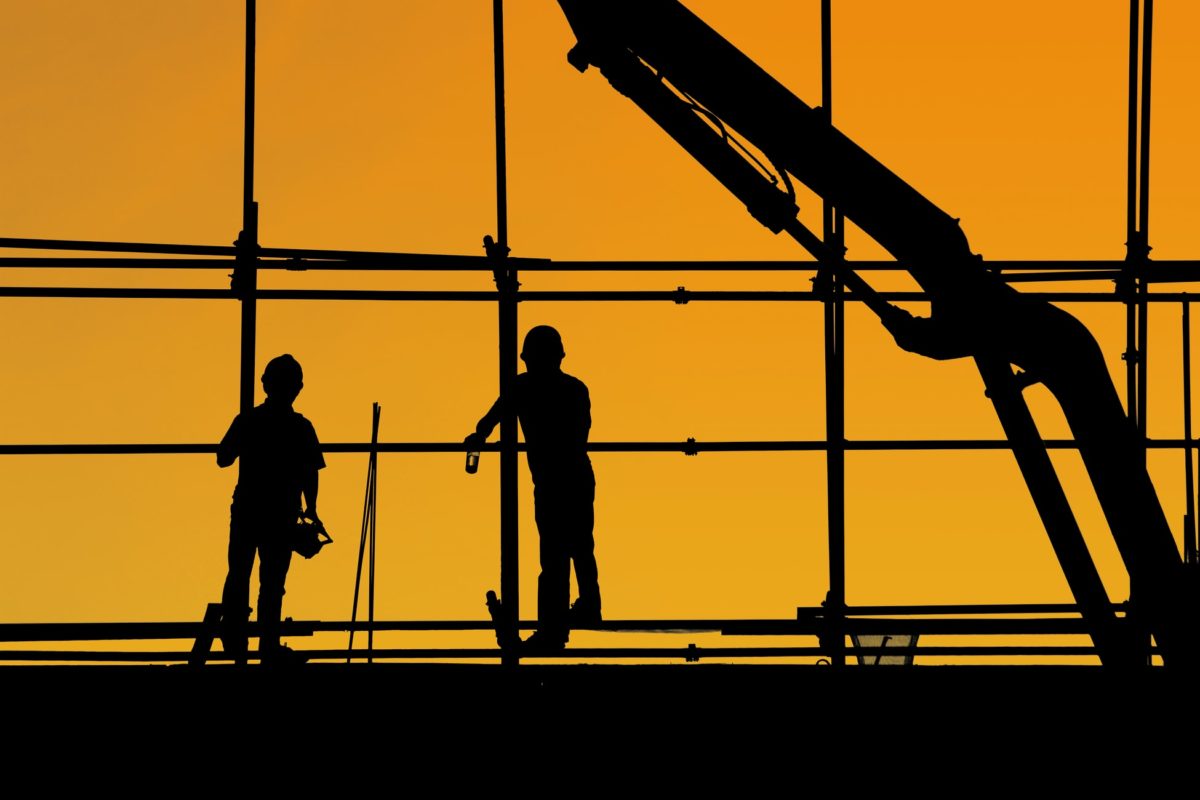Building supply manufacturers are doing their best to catch up with the high demand for their materials. Material prices overall are continuing to climb, making it difficult for contractors of all types and sizes to provide their services in the same manner they did before the pandemic as well as grow their businesses.
What can contractors do?
Communication is key for contractors and business owners right now. It is important for clients to know developments in supply chains and pricing. Much of the information that should be communicated can be included in contracts. Even though they cannot impact the supply chain and prices of materials, contractors can protect themselves from losing money and work through several means.
- Expiration Dates
With prices and supply availability changing every day, contractors cannot guarantee a price for long. Since there is a chance that original quotes can change at a moment’s notice, contractors can explain that their quote is only viable until a certain date.
- Delay Clauses
Since there are typically damages contractors must claim when a job is not completed by the projected date, it is important for contractors to include delay clauses in their contracts. With the pandemic and the unknowns of the building materials supply chains, contractors cannot be held accountable for the delay in construction due to lack of materials.
Need more insight?
Our experts are consistently keeping tabs on industry changes. Contact one of our representatives today for consulting that will keep your business running smoothly and productively in the midst of unknowns.

